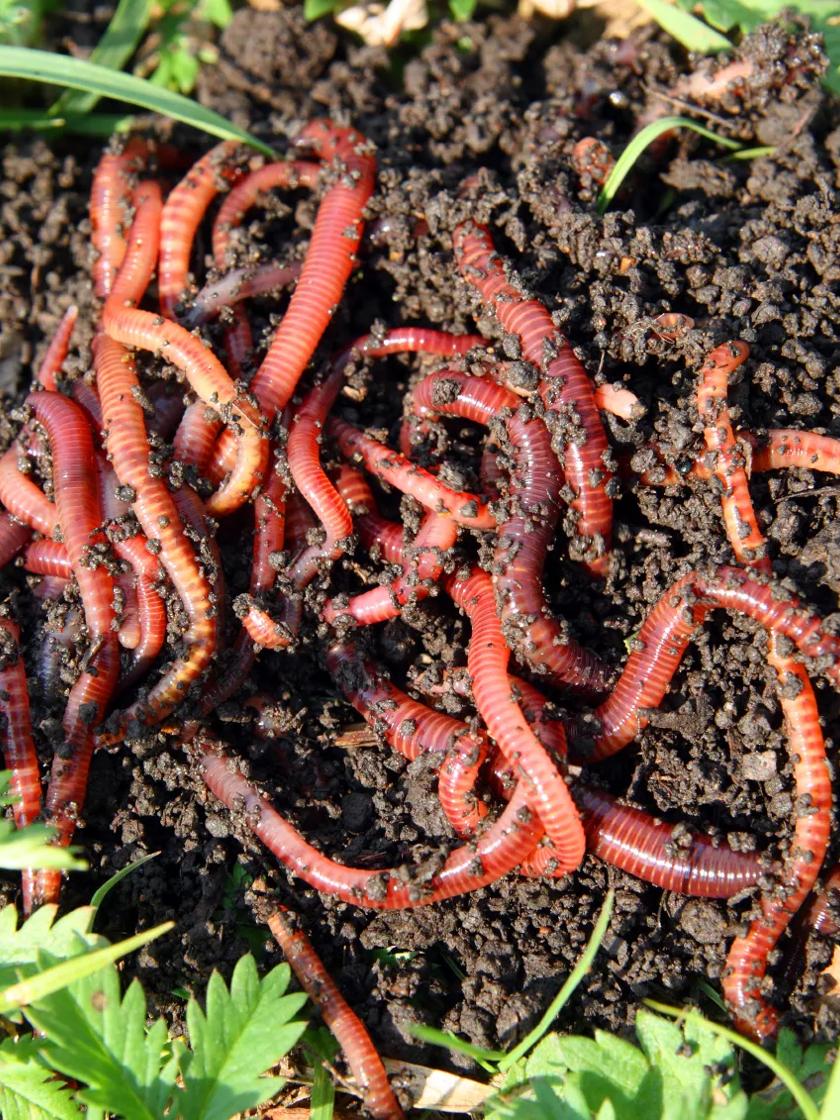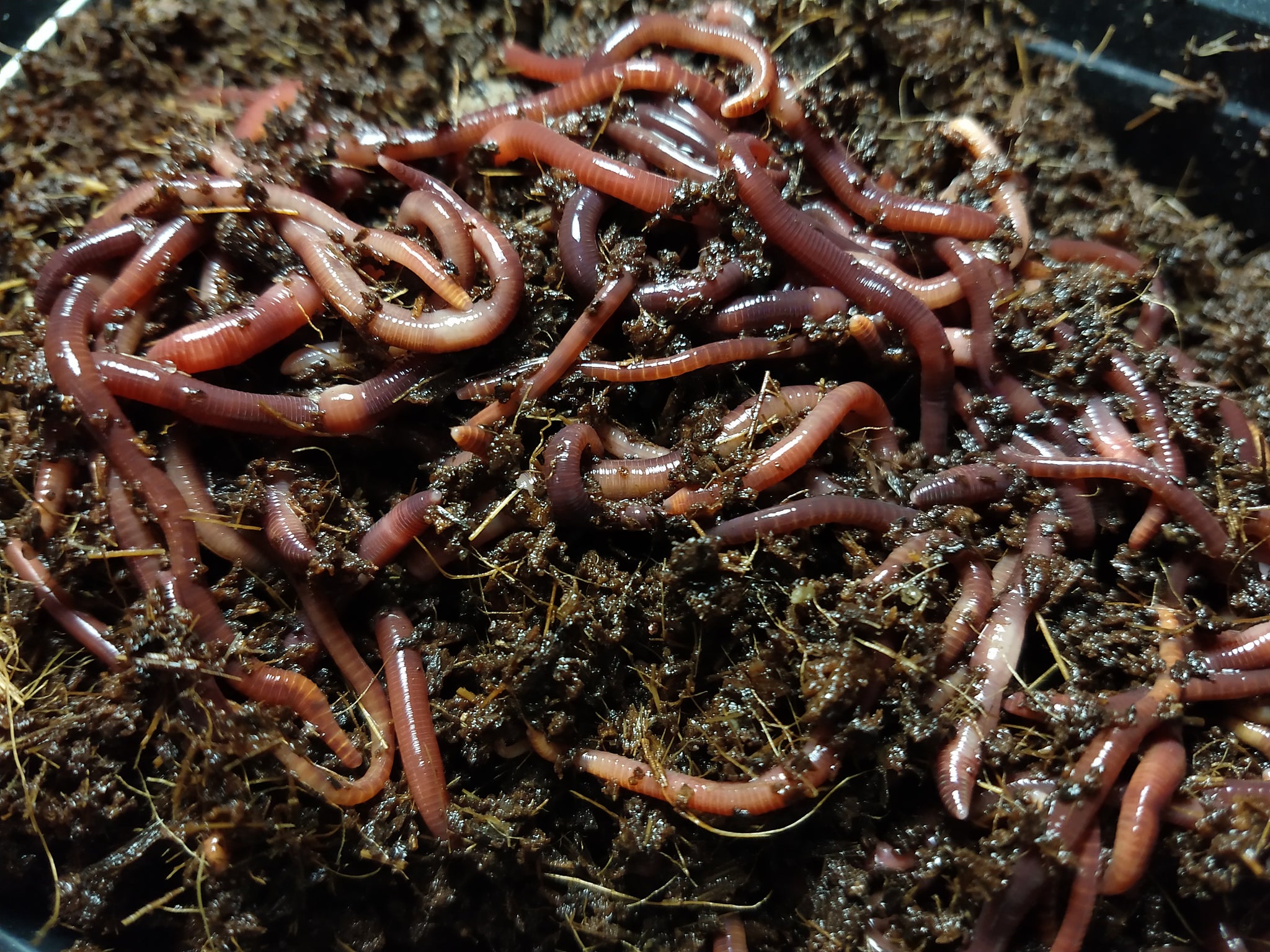Keep Your Lawn Green and Healthy with Expert Advice from Lake Hickory Bait
Exactly How Red Wigglers Can Change Your Composting Experience
The combination of red wigglers into composting methods offers a transformative strategy to throw away monitoring and soil enrichment. Understanding the particular needs and advantages connected with preserving a thriving worm populace is essential for optimizing their potential.
Advantages of Red Wigglers
Red wigglers, clinically referred to as Eisenia fetida, are a keystone of efficient composting systems as a result of their remarkable capacity to break down raw material successfully. These worms master changing cooking area scraps, yard waste, and various other natural products right into nutrient-rich compost, frequently referred to as worm castings. Lake Hickory Bait. This process not only decreases land fill waste yet also contributes to lasting gardening practices
Among the key advantages of red wigglers is their high reproduction rate, enabling them to populate a composting atmosphere swiftly. This fast multiplication improves disintegration prices, resulting in faster compost production. Additionally, red wigglers prosper in a varied array of problems, making them adaptable to numerous composting setups.

Establishing Up Your Worm Bin
(Red Wiggler Express)To produce an effective worm container for composting, careful attention must be offered to its design and environment. An ideal worm bin ought to be constructed of products that are long lasting yet enable required air movement, such as plastic or timber. The size of the container can vary, however a quantity of about 1 square foot per extra pound of worms is an excellent beginning point.
Make certain that the container has drainage openings to avoid water build-up, which can bring about anaerobic problems detrimental to the worms. Additionally, including ventilation holes will certainly assist maintain correct humidity degrees and oxygen circulation.
Next, it is important to supply bed linens for the worms, which can consist of shredded newspaper, cardboard, or coconut coir. This bedding not just supplies a habitat for the worms however likewise help in moisture retention.
Position the worm container in a place that maintains a temperature level variety of 55-77 ° F(13-25 ° C) to enhance worm activity. Stay clear of putting the container in straight sunlight or severe temperatures. By complying with these guidelines, you can create a favorable environment for red wigglers, enhancing the efficiency of your composting procedure.
What to Feed Your Worms

(Red Wiggler Express)Red wigglers specifically take pleasure in soft, moist foods like watermelon skins, cucumber peels, and banana peels. It is vital to stay clear of feeding them citrus fruits, onions, and garlic, as these can be detrimental to their wellness. In addition, prepared foods, milk products, and meat needs to be strictly stayed clear of, as they can cause odors and bring in pests.
To maintain optimum conditions, it's advisable to slice bigger scraps into smaller pieces, assisting in quicker decay. Beginning by presenting small quantities of food and keep an eye on the worms' usage rate; change appropriately to stop overfeeding, which can create an undesirable atmosphere. Providing a constant feeding schedule will assist keep your worm population prospering while boosting the general performance of your composting initiatives. By recognizing what to feed your worms, you prepared for an effective and sustainable composting experience.
Preserving a Healthy And Balanced Habitat
Producing a prospering composting atmosphere for red wigglers requires interest to their habitat, as it straight influences their health and productivity. The suitable environment must maintain a balanced moisture degree, generally in between 60-70%. Extreme moisture can bring about anaerobic conditions, while inadequate dampness might dehydrate the worms.

The bed linen material in the garden compost need to vary and shredded, incorporating products like cardboard, paper, and coconut coir. This not just gives a comfortable environment however additionally works as a food resource. Lake Hickory Bait. On a regular basis examining for smells or signs of bugs can assist identify potential concerns prior to they intensify
Lastly, maintaining a balanced pH level, ideally in between 6 and 7, makes sure a helpful habitat for red wigglers, promoting their capability to process raw material efficiently. By resolving these variables, you can produce a lasting and productive composting environment.
Harvesting and Making Use Of Compost
Gathering compost from a worm container is a satisfying procedure that changes natural waste right into nutrient-rich material for yards and plants. As soon as the composting cycle is complete, normally after 8-12 weeks, it's time to collect the vermicompost. The primary step involves separating the red wigglers from the completed garden compost. This can be done using techniques such as the "light" technique, where worms are brought in to light and can be scooped away from the top layers, or by relocating the garden compost to one side of the bin and including fresh bed linens to the various other side, motivating the worms to migrate.
As soon as the worms are removed, the staying compost can be sorted to get rid of any larger particles or undecomposed product. This abundant compost can be applied directly to yard beds, combined right into potting soil, or used as a leading clothing for potted plants.
Final Thought
Integrating red wigglers into composting practices considerably enhances the disintegration procedure and adds to the production of nutrient-rich vermicompost. Their versatility to numerous environments and high recreation prices make sure a sustainable population, which efficiently breaks down natural matter. The resulting worm castings boost soil framework, fertility, and microbial task, eventually advertising much healthier plant growth. The integration of red wigglers right into composting not only maximizes waste administration but additionally enriches yard environments.